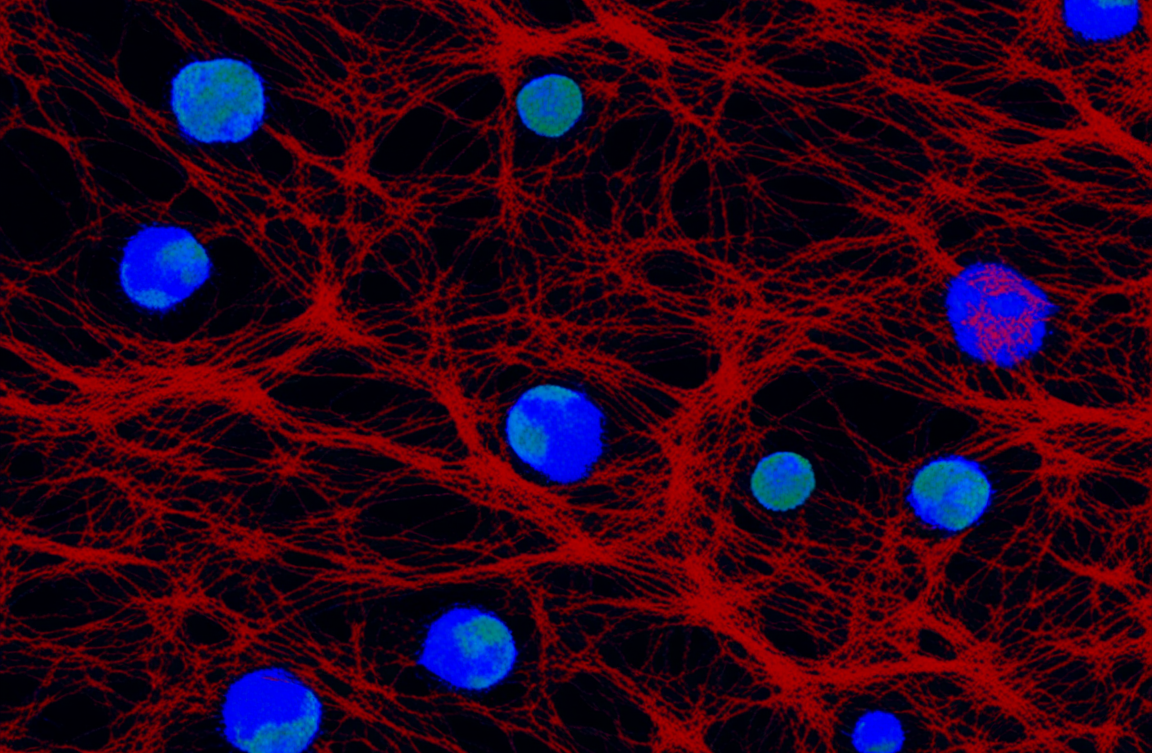
Tackling the KRAS Challenge: Applications of NCI-H2009 in KRAS-Driven Lung Cancer Research
Introduction
KRAS gene mutations are among the most common oncogenic drivers in non-small cell lung cancer (NSCLC), occurring in up to 25-30% of lung adenocarcinomas. For decades, the KRAS protein was considered "undruggable" due to its smooth surface, which lacks deep pockets for drug binding, posing a formidable clinical challenge. Although the development of specific inhibitors targeting the KRAS G12C mutation (e.g., Sotorasib) represents a landmark breakthrough, effective targeted therapies for other non-G12C mutations, such as G12A, remain scarce. Therefore, the development of preclinical models that accurately mimic these mutations is of paramount importance. The NCI-H2009 cell line, a lung adenocarcinoma line harboring both a KRAS G12A mutation and MET amplification, provides an invaluable tool for such research.
Is your research focused on non-G12C KRAS mutations? Choose our NCI-H2009 cells, your ideal, validated model for studying KRAS G12A-driven lung cancer. Click to check>>
Investigating the Downstream Signaling Network of KRAS G12A
The KRAS protein functions as a critical molecular switch in cellular signaling networks. Under normal conditions, it is activated upon receiving upstream signals and is rapidly inactivated. However, oncogenic mutations like G12A lock the protein in a constitutively active state, leading to the unrestrained activation of downstream pathways that promote cell proliferation and survival.
As a model that endogenously harbors the KRAS G12A mutation, the NCI-H2009 cell line provides an ideal in vitro system for studying this pathological process directly. Research has confirmed that two major downstream signaling pathways exhibit significant basal activation in these cells:
1. The RAF-MEK-ERK (MAPK) Pathway: This is the most canonical downstream pathway of KRAS, responsible for transmitting proliferative signals. High basal levels of phosphorylated ERK (p-ERK), a direct indicator of pathway activation, are readily detectable in NCI-H2009 cells.
2. The PI3K-AKT-mTOR Pathway: This pathway is primarily responsible for regulating cell survival, metabolism, and growth. NCI-H2009 cells also display high levels of phosphorylated AKT (p-AKT), demonstrating that the KRAS G12A mutation also co-opts this pathway to confer a survival advantage to cancer cells.
By utilizing NCI-H2009 cells, researchers can precisely analyze how the KRAS G12A mutation dysregulates these complex signaling networks, providing a clear baseline for evaluating drugs that target these downstream nodes.
Testing Novel KRAS or Downstream Pathway Inhibitors
Given the significant difficulty in developing specific inhibitors that directly target KRAS G12A, current therapeutic strategies are focused on two main approaches: developing broad-spectrum KRAS inhibitors or inhibiting its key downstream effectors.
The NCI-H2009 cell line plays a crucial role in the preclinical evaluation of these drugs. For example, various MEK inhibitors (e.g., Trametinib, Selumetinib) have been developed to block the MAPK pathway. Drug sensitivity assays performed on NCI-H2009 cells can determine the effective concentration (IC50) at which these drugs inhibit growth and confirm their on-target effect by measuring the reduction in p-ERK levels. However, studies using this cell line have also revealed that treatment with a MEK inhibitor alone can often lead to feedback activation of the PI3K/AKT pathway, resulting in acquired resistance. The NCI-H2009 model is thus also instrumental in studying this feedback mechanism and provides a rationale for designing combination therapies involving both MEK and PI3K inhibitors.
Exploring "Synthetic Lethality" as a Therapeutic Strategy
"Synthetic lethality" is a revolutionary concept that has gained prominence in recent years for targeting "undruggable" oncoproteins like KRAS. The principle is that while the loss of either of two genes (Gene A or Gene B) is compatible with cell viability, the simultaneous loss of both is lethal. In a KRAS-mutant cancer cell, the KRAS gene itself can be considered functionally altered (equivalent to the loss of Gene A). Therefore, by identifying and inhibiting its "synthetic lethal partner" (Gene B), it is possible to selectively kill cancer cells with minimal effect on normal cells, which have a wild-type KRAS gene.
The NCI-H2009 cell line is an ideal platform for conducting large-scale synthetic lethality screens. Researchers can employ high-throughput screening technologies, such as siRNA/shRNA libraries (for genetic screens) or large compound libraries (for chemical screens), to systematically inhibit thousands of genes or test tens of thousands of compounds on NCI-H2009 cells. The goal is to identify "hits" that specifically induce apoptosis in KRAS G12A-mutant cells. For instance, such screens have identified that inhibiting proteins involved in metabolic or cell cycle regulation, such as G6PD or PLK1, can be synthetically lethal with KRAS mutations. These novel targets, discovered using models like NCI-H2009, are paving the way for entirely new therapeutic strategies for KRAS-driven lung cancer.
Searching for novel "synthetic lethality" targets in KRAS-mutant cancer? NCI-H2009 is your ideal platform for high-throughput screens to discover innovative therapies. Order Now>>
Conclusion
In summary, the value of the NCI-H2009 cell line as a representative model for KRAS G12A-mutant lung cancer is multifaceted. It serves as a fundamental tool for investigating KRAS downstream signaling and evaluating downstream inhibitors, and it plays a critical role in the cutting-edge field of synthetic lethality research. Through in-depth studies utilizing NCI-H2009, scientists are continually uncovering the specific vulnerabilities of KRAS-mutant cancer cells, offering new hope for finally overcoming one of the most persistent challenges in lung cancer therapy.
References
[1]Pratilas, C. A., Taylor, B. S., & Ye, Q., et al. (2009). (V600E)BRAF is associated with disabled feedback inhibition of RAF-MEK-ERK signaling and elevated transcriptional output of the pathway. Proceedings of the National Academy of Sciences, 106(11), 4519-4524.
[2]Manchado, E., Weiss, M. U., & Lyons, S. K., et al. (2016). A pipeline for developing targeted therapies for KRAS-mutant cancers. Nature Medicine, 22(12), 1438–1444.
[3]Luo, J., Emanuele, M. J., & Li, D., et al. (2009). A genome-wide RNAi screen identifies multiple synthetic lethal interactions with the Ras-MAPK pathway. Cell, 137(5), 835-848.
[4]Wang, J., Hu, K., & Guo, J., et al. (2017). G6PD-deficiency is a targetable vulnerability in KRAS-mutant lung adenocarcinoma. Cancer Research, 77(14), 3850-3862.

